|
After Kindergartners finished improving their sleds, they had to show how they improved at least one of their designs in writing. Making improvements is an important part of an engineer's work. And check out the awesome 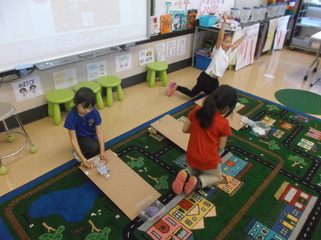 Kindergartners continue to improve their designs to get the biggest collision at the end of the ramp. With limited materials, they are trying to now not only knock over the big bad wolf, but other members in his family. Each of his family members is heavier than him, making them more challenging to knock over. Stay posted for the newest designs. Whose design can cause the greatest impact?!?! 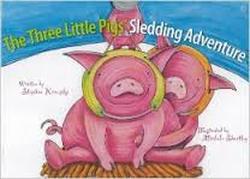 Kindergartners are digging deeper into understanding how the results of force and motion experiments can inform the decisions they make to help solve a problem. Using The Three Little Pigs Sledding Adventure as a backdrop to a design challenge, students must design a solution that knocks the Big, Bad Wolf off of his feet at the base of a sledding hill. Our sledding hill is really the ramp and the crash box represents the Big, Bad Wolf! Students will use the engineering design process as they walk through multiple iterations of their designs. Can they get the Wolf farther and farther away from the base of the hill when they collide with him? What if the Big, Bad Wolf puts on weight and is now more difficult to move in a collision? Kindergartners are just starting to answer these questions with each test they complete! 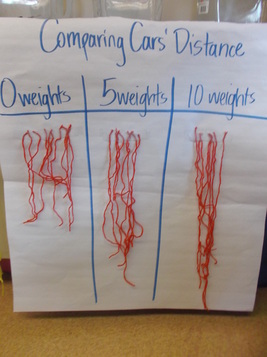 Kindergartners are looking for more ways to change the motion of a car. They've already changed the height of the ramp. Now they're keeping the ramp height the same and changing the weight of each car they test. Using measurement skills, students determined how far the car went and compared it to the results from each test they did. Check out their work to the left...this chart shows that as the weight of the car increases, so does the distance it travels! The opposite can also be true. As the weight of the car decreases, the distance it travels becomes less. I wonder what would happen if we increased the weight of the car to more than 10 weights! What do you think?
Kindergartners know that forces can be pushes and pulls and that they can vary in strength and direction. But how can they use all this knowledge to change the motion of a toy car?
Here are all the materials they have: 1. A toy car 2. A ramp 3. Three wooden blocks Students figured out that they could raise the ramp with the three blocks. Many students hypothesized that they car would go farther or faster by raising the ramp higher. But there would be only one way to figure out if their hypotheses were correct. "A TEST, MRS. BRINZA!!! LET'S TEST IT!" Students are collecting evidence to support their hypotheses using string to measure the distance the car travels on ramps of 1 block, 2 blocks, or 3 blocks high. Check back soon to see our results! Kindergartners continue to work on modeling. Models not only show a phenomena, but they also explain why something happens. As we dig deeper into understanding the effects of forces, Kindergartners paused to make certain they understood HOW to compare things. Before we step into designing an investigation that compares forces, it's important that we know how to compare if something went far, farther, or the farthest. Check out our introductory lesson on comparison words!
STRAIGHT! BACK-and-FORTH! Or in a CIRCULAR motion!
Using everyday toys, Kindergartners are seeing how their varying forces can change the direction in which different objects move. Some students said, "The path looks like a zig-zag!" "It keeps going around and around!" "This is boring motion. It only moves straight. :(" They'll be using all this knowledge to solve some problems related to motion! Keep up the great work Kindergartners! CHANGE DIRECTION!
Using their hands and a wiffle ball, Kindergartners showed how forces can get objects to change the direction in which they travel. While they may appear to go in a straight line, objects can change the direction they travel by bouncing off of something or even spinning! Check out the evidence created by students to show how their ball changed direction as they pushed it and pulled it to friends at their tables! |
Mrs. BrinzaThe push of my coffee maker's ON button is one force I can't live without each morning! Archives
April 2015
Categories |
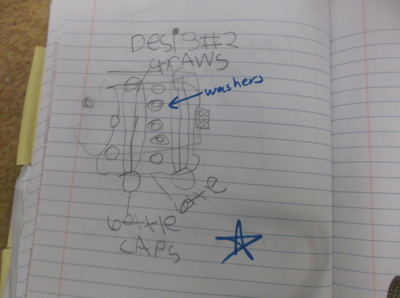
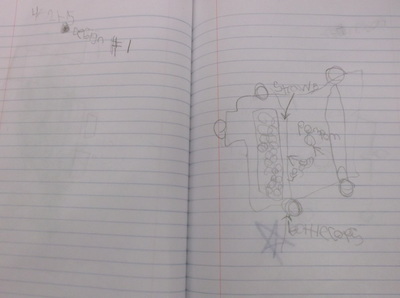
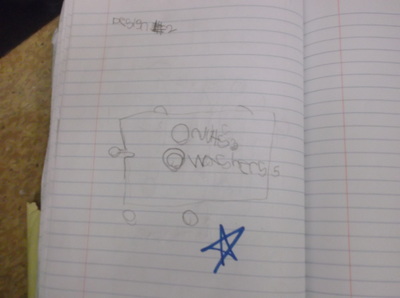
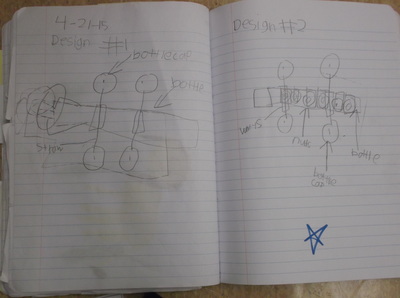
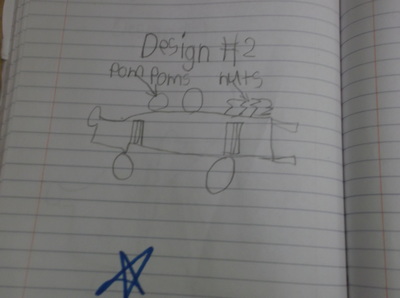
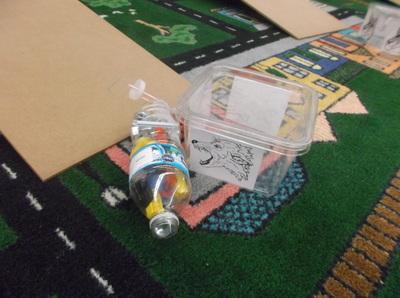

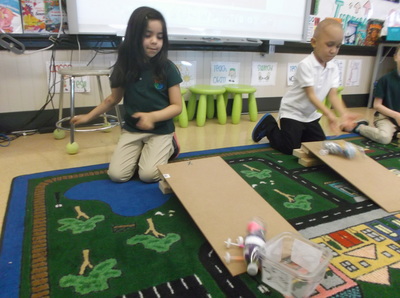
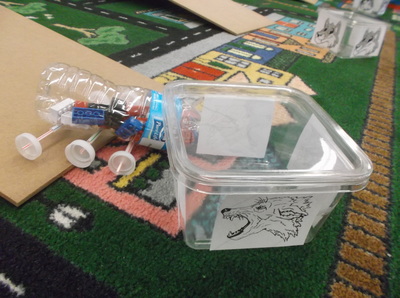
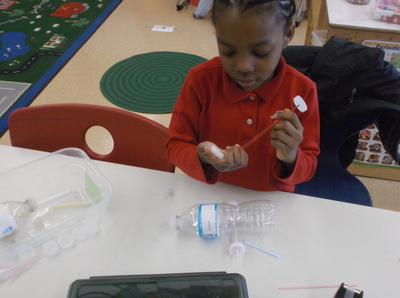
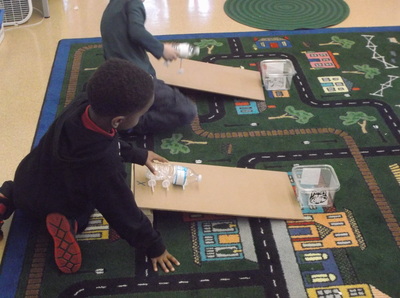
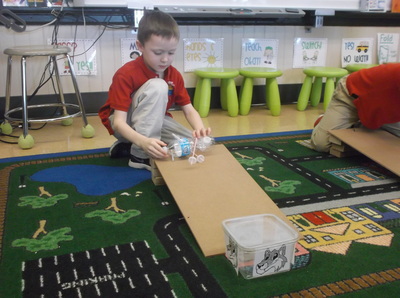
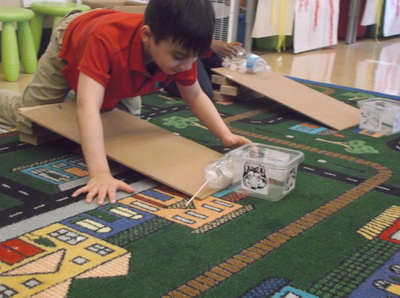
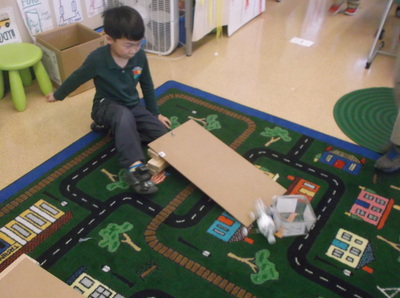
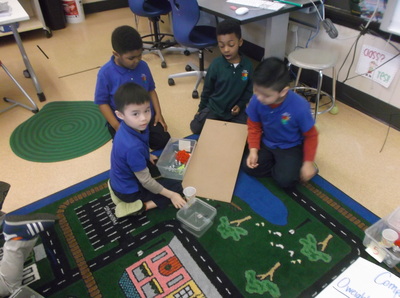
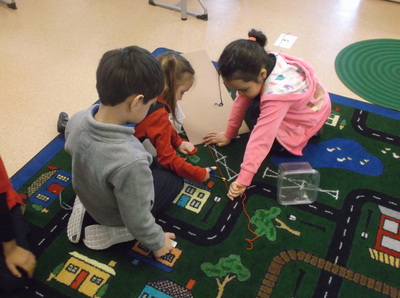
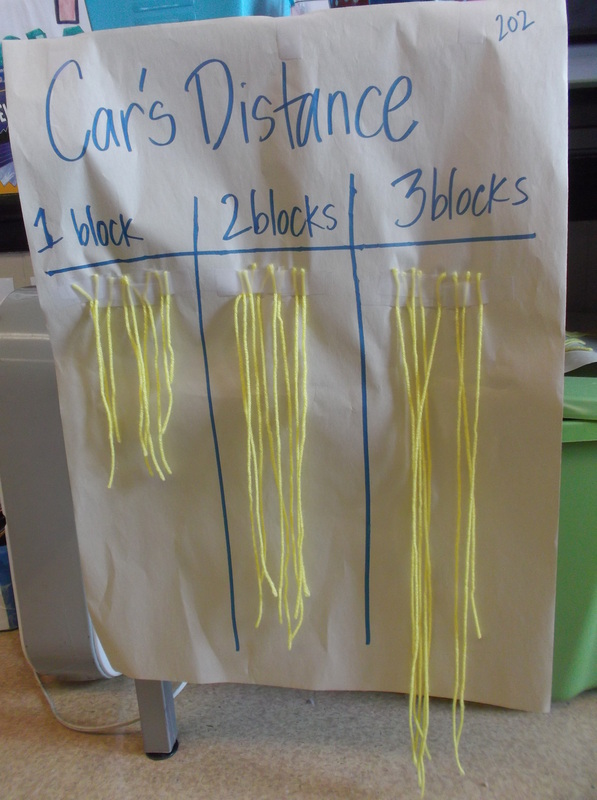
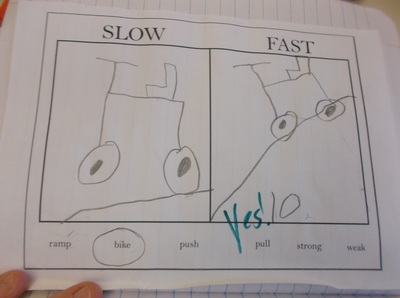
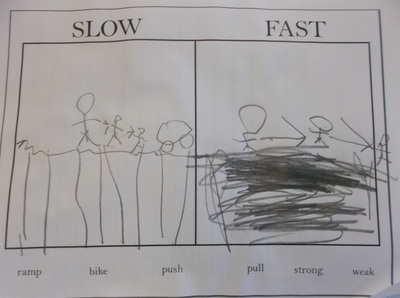
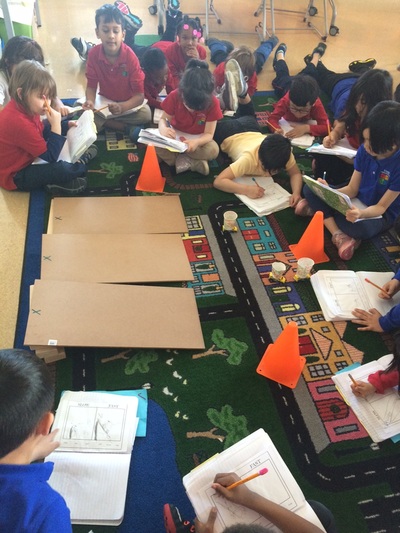
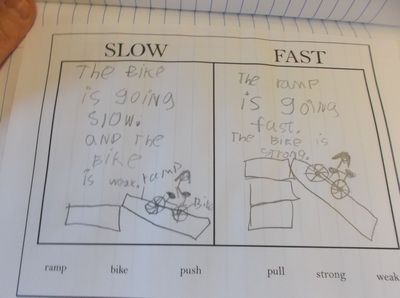
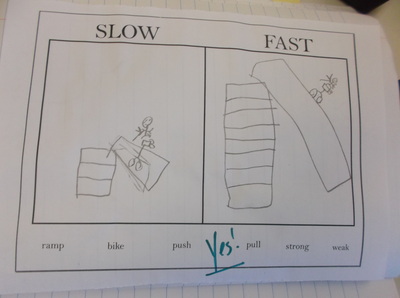
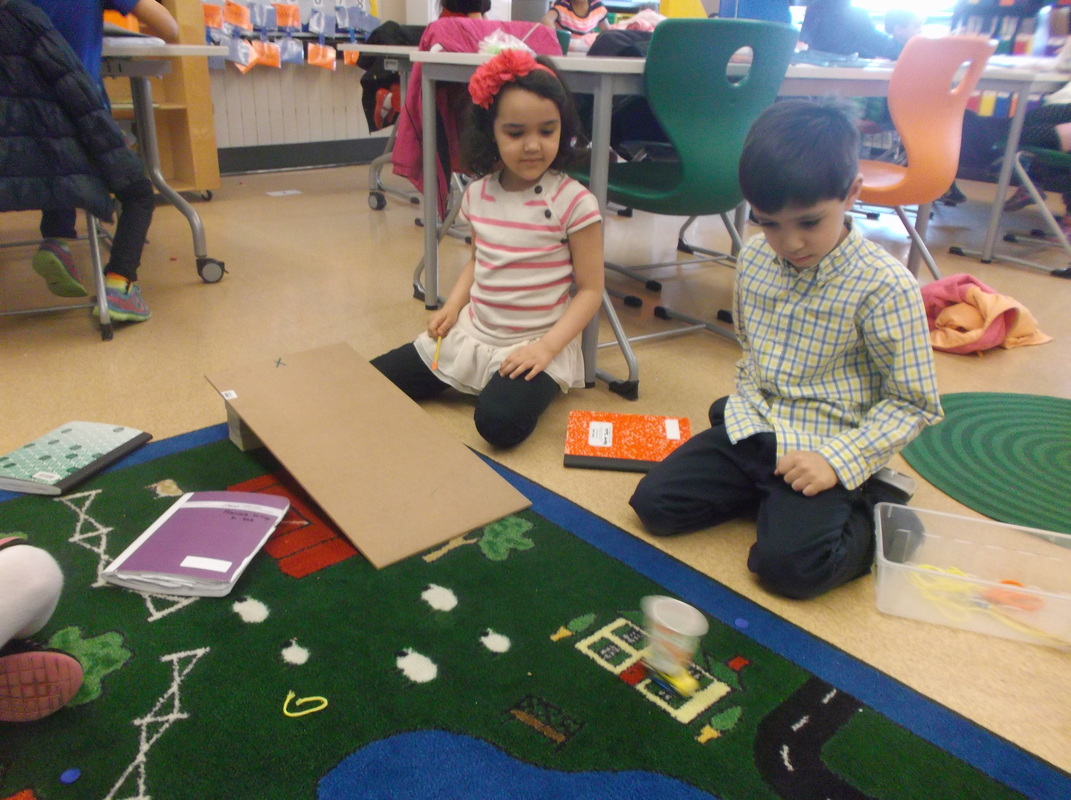
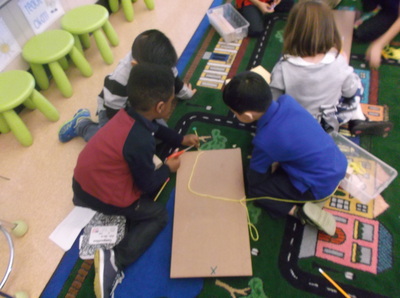
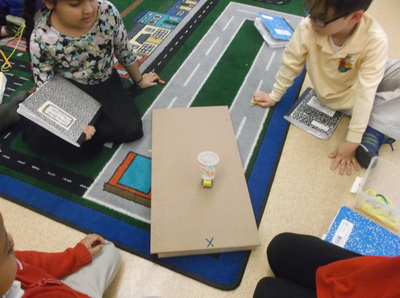
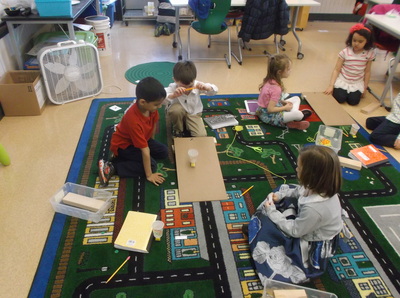
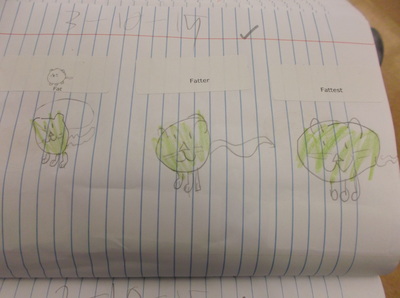
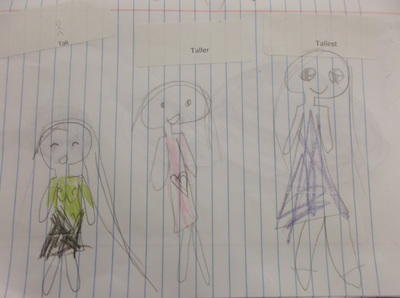
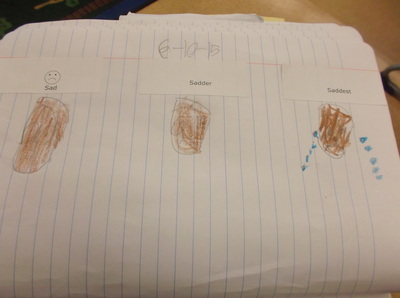
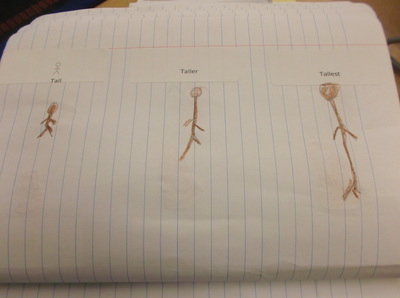
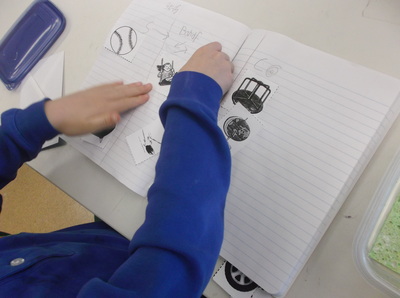

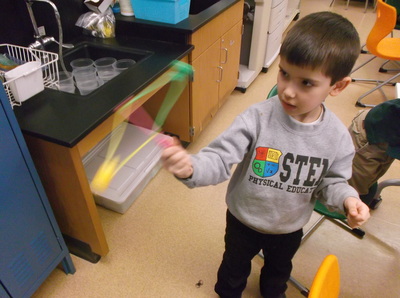
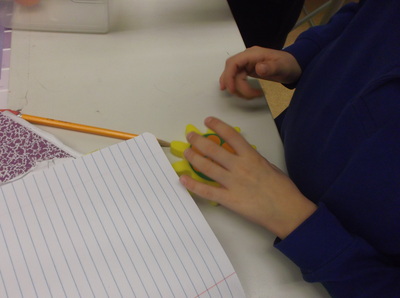
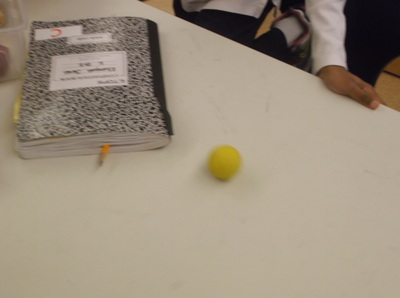
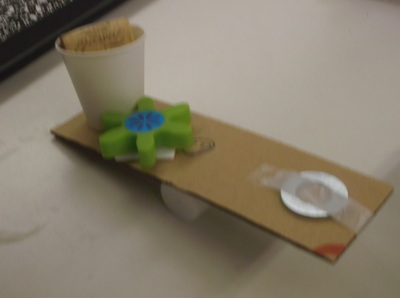
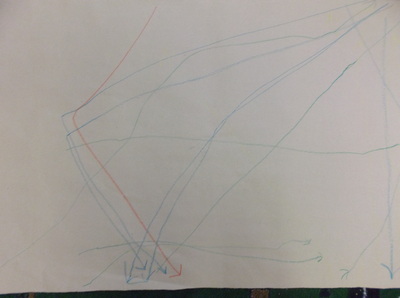
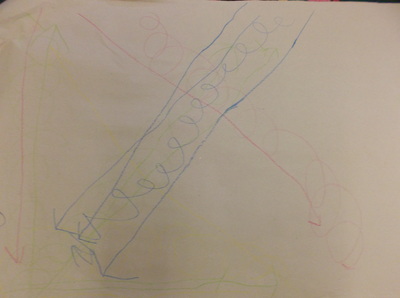

 RSS Feed
RSS Feed